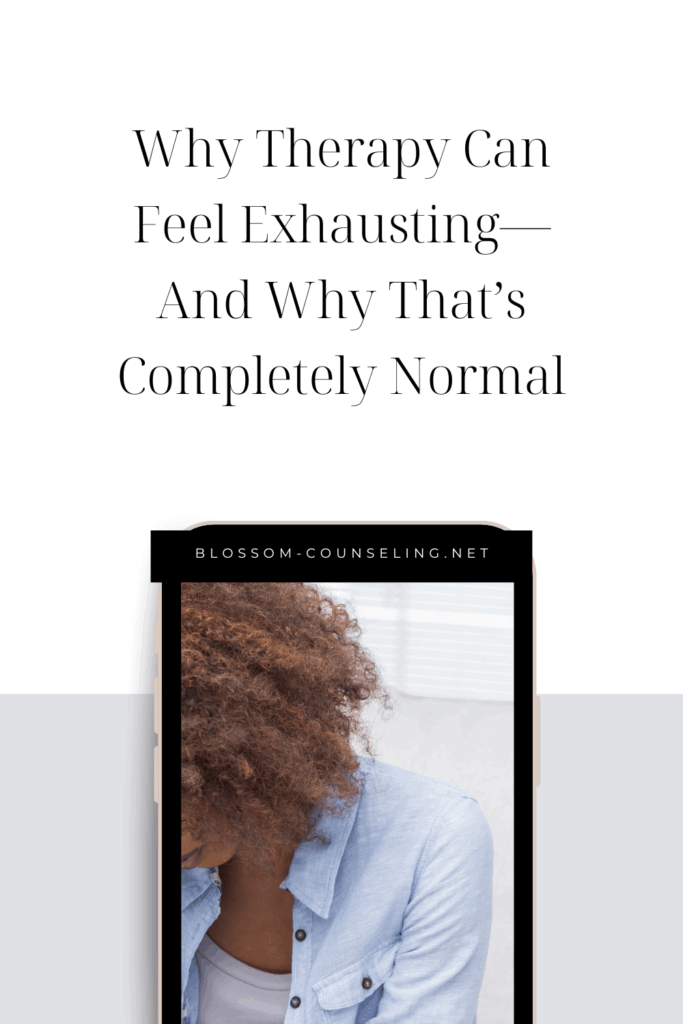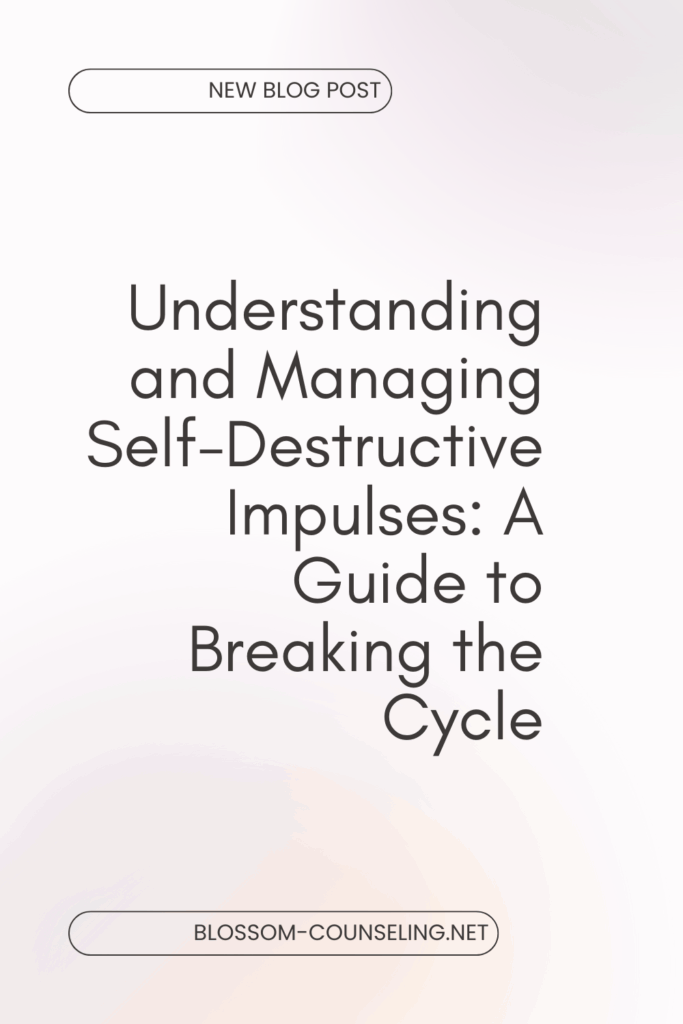We’ve all been there: your therapist or favorite Instagram self-help guru tells you to “just replace those negative thoughts!” So, you try swapping out “I’m terrible at this” for something like, “I’m amazing and totally unstoppable!” But for some reason, it feels fake, forced, or just plain ineffective. Here’s the truth: simply swapping negative thoughts for positive ones isn’t always the fix it’s made out to be. So, why isn’t replacing your negative thoughts working, and more importantly, what can you do instead?
Why Thought Replacement Isn’t Always Effective
Negative thoughts usually pop up for a reason—they might stem from deeper beliefs about yourself, your past experiences, or genuine concerns about the future. Just forcing yourself into an overly positive statement often ignores the root of why you’re having those negative thoughts in the first place. It’s a little bit like putting glitter on a flat tire. Sure, it looks nicer, but it doesn’t actually fix the issue.
Psychologically, your brain is pretty good at detecting lies—even ones you’re telling yourself. If the new positive thought you’re trying to adopt feels unbelievable or inauthentic, your brain dismisses it. Instead of feeling better, you might even end up feeling more frustrated or defeated.
Additionally, completely replacing a thought can create an internal conflict. You’re trying to suppress how you really feel, and ironically, that makes those negative thoughts even louder. Trying too hard to push something out of your mind often makes you think about it even more (a phenomenon psychologists call “thought suppression rebound”).
But don’t worry—there’s a better approach.
Introducing Cognitive Defusion
Instead of aggressively swapping out negative thoughts, therapists often suggest practicing what’s called cognitive defusion. The idea behind cognitive defusion is simple: recognizing thoughts for what they are—just thoughts. You don’t need to eliminate or replace them, but rather, change how you interact with them.
Imagine your negative thoughts like traffic passing by your window. They come and go, but you don’t have to jump into the car and follow them wherever they lead. Cognitive defusion encourages you to step back, acknowledge the thought, and let it pass without giving it too much power or credibility.
Here’s what cognitive defusion can look like in practice:
Instead of saying, “I’m a failure,” you acknowledge, “I’m having the thought that I’m a failure right now.”
Rather than trying to convince yourself, “I’m completely successful at everything,” you say, “I notice that I’m having an anxious thought about my abilities.”
By doing this, you’re not ignoring your thoughts—you’re gently putting a little distance between yourself and the negativity. You’re not fighting your thoughts; you’re observing them from a place of curiosity rather than judgment.
Why Does Cognitive Defusion Work?
When you learn to see your thoughts as passing events rather than absolute truths, it naturally reduces the emotional intensity attached to them. You start to realize your thoughts aren’t necessarily reality—they’re just your brain’s attempt to make sense of the world around you. With practice, you become better at identifying negative thoughts, labeling them, and letting them move past without spiraling into self-criticism or despair.
Studies in Acceptance and Commitment Therapy (ACT) have shown cognitive defusion techniques significantly reduce anxiety, stress, and even symptoms of depression, precisely because you’re no longer caught in a wrestling match with your thoughts. You’re accepting them for what they are: thoughts, not facts.
Next Steps for Trying Cognitive Defusion
To practice cognitive defusion, start small. Notice when a negative thought pops up, and try simply adding the phrase, “I’m having the thought that…” in front of it. Over time, your thoughts will begin to feel less like heavy weights and more like passing clouds—there, but not controlling your whole day.
Remember, your goal isn’t to get rid of every negative thought forever (sorry, brains just don’t work like that!). Instead, you’re aiming to build a more peaceful, realistic relationship with your mind, making everyday life a bit less overwhelming.
Negative thoughts are a natural part of life, but they don’t have to dominate your story.




